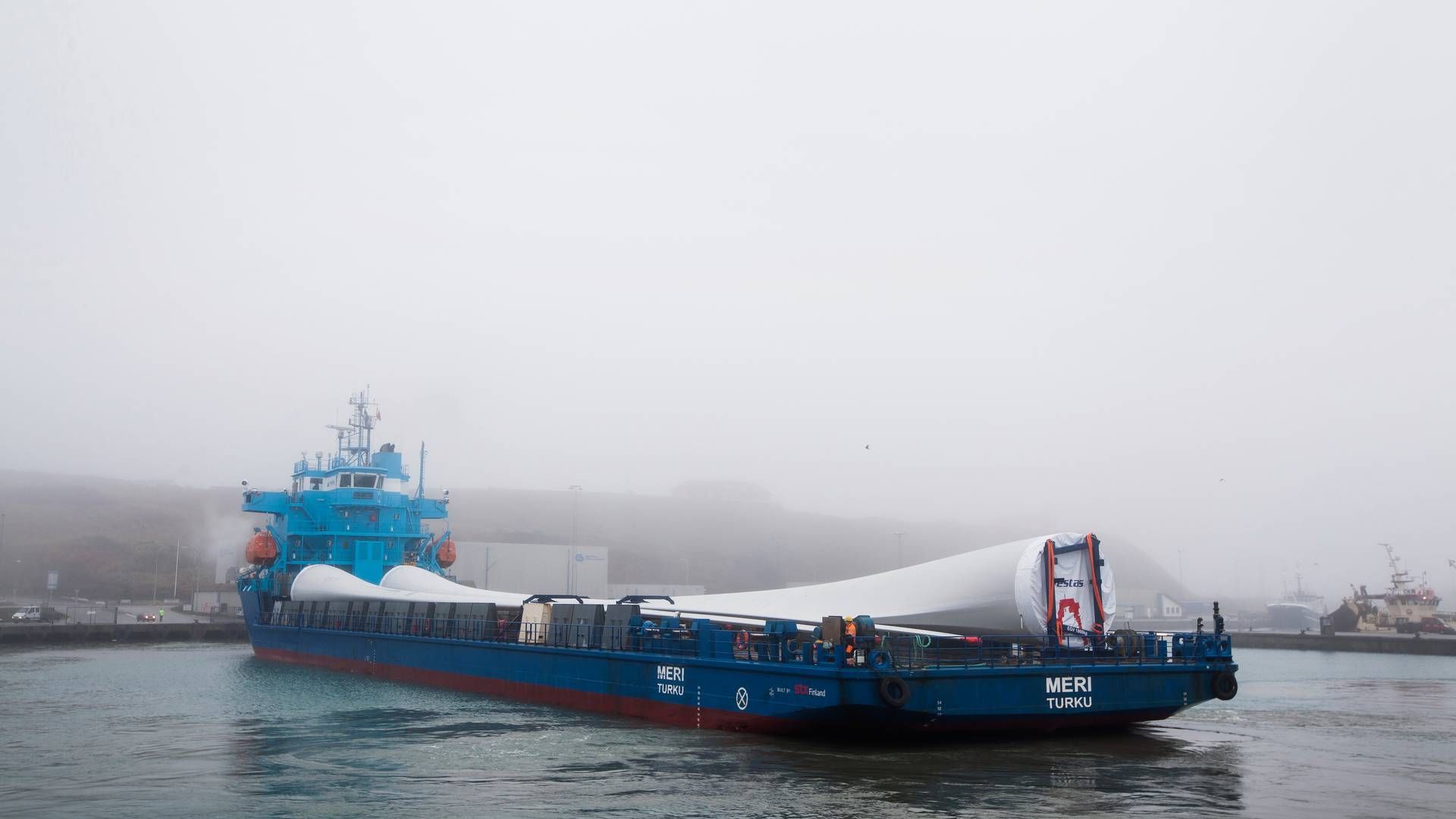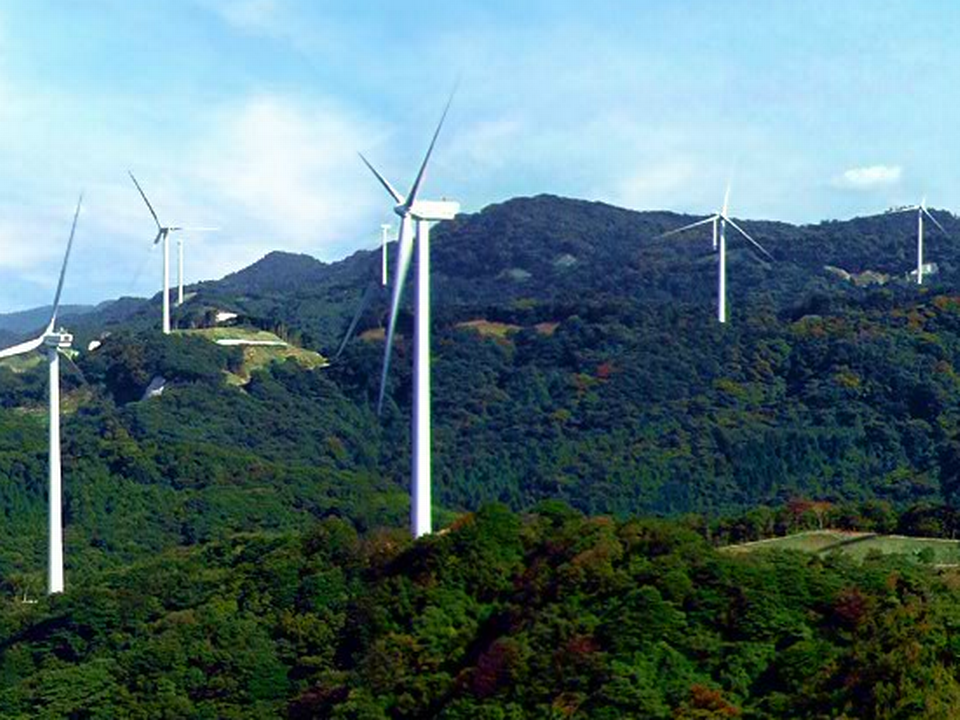MHI Vestas is entering the US one component at a time

BOSTON
When will the first offshore wind turbine manufacturer establish production in the US? In the wind energy industry, local job creation as a political currency is almost equally valuable to low prices, which is why the question arises now years before the first large-scale project enters construction phase. Suitor states offering their land to host turbine factories are almost as numerous as states with plans to install offshore wind farms.
In 2016, General Electric shipped five turbines for the Block Island pilot project over from France, and the US company has thus far announced that its new 12MW turbine model will be made in France. Meanwhile, Siemens Gamesa and MHI Vestas have exchanged memorandums of understanding (MoU) with local authorities to develop local supply chains in Taiwan, similar gestures have not been made in the US.
The new, South East Asian boom market in particular should give the US industry an apt glimpse into the probable future, said MHI Vestas Sales Director Mikkel Borgen in a panel discussion on offshore wind energy in Boston.
"Taiwan is a good example of what we will see in the US regarding OEMs [original equipment manufacturers, -ed.]," said Borgen.
MHI Vestas also began to see this future when Copenhagen Infrastructure Partners pointed and the Danish-Japanese turbine producer as the preferred supplier for projects up to 1.5 GW. The following day, MHI Vestas announced four MoUs with a company for the supply of components such as towers and blades.
It is probable that these deals were not negotiated from A to Z in the interim day, however, it gives an indication of MHI Vestas' planned modus operandi for the US both in terms of speed and content.
"I was asked to bring MHI Vestas into Taiwan only one year ago, and now I hearing the same thing about the US. I think it would be fair to say that we have advantage of being a relatively little, agile company," said Borgen, who added a taste of the company's process of entering the US:
"Towers are an appropriate first choice. We will soon also look into turbine blades, which have similar associated challenges relating to size. There aren't many vessels that can transport such large components at low cost. As in Taiwan, we prefer to enter partnerships rather than establish production ourselves. Nacelles are further away on the horizon and require a more extensive pipeline. That is where the high costs occur, which also increases risk."
Project pipeline size is as a matter of course decisive for turbine manufacturers as well as other suppliers. In a recent interview with EnergyWatch, Siemens Gamesa's head of US offshore wind provided a general rule that annual sales of at least 100 are necessary to create fertile soil for a local market.
At the moment, there are no plans for US projects at 1.6 GW forward to 2023 – such capacity would likely correspond to 160-200 turbines.
"We want to get involved in the US. It makes sense to have a local supply chain. It doesn't make sense to transport everything over from Europe. However, that requires stable demand: If we could reliably expect a few gigawatts over a series of years, that would perhaps make sense," Borgen evaluated.
Since 2016, MHI Vestas has had a contract for supplying six units of the standard onshore wind turbine model V126-3.45 MW to the pilot project Ice Breaker on Lake Erie. Furthermore, the producer has brought some of its V164 turbines to South Carolina – although at the moment only to test and verify performance results of the 9.5 MW model.
English Edit: Daniel Frank Christensen
Industry giant GE risks fine to escape French job promises
Related articles
Industry giant GE risks fine to escape French job promises
For subscribers
Make upgrades global wind forecast
For subscribers

















.jpg&w=384&q=75)






